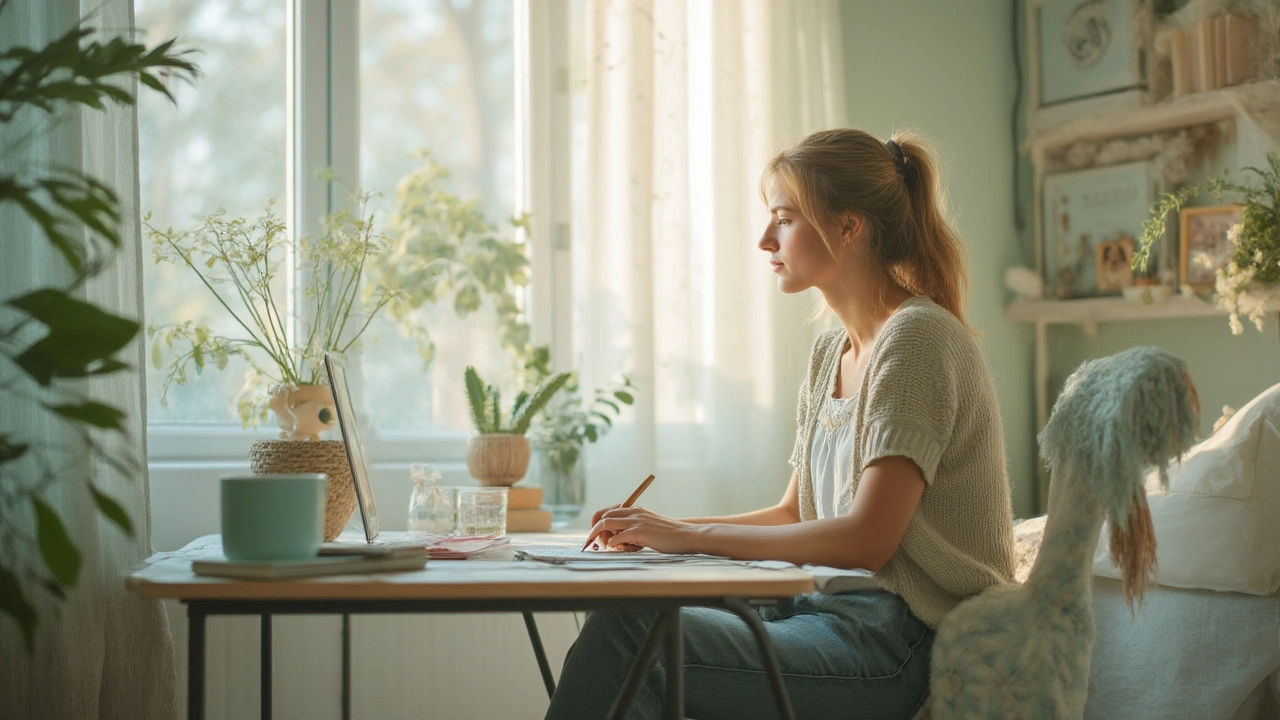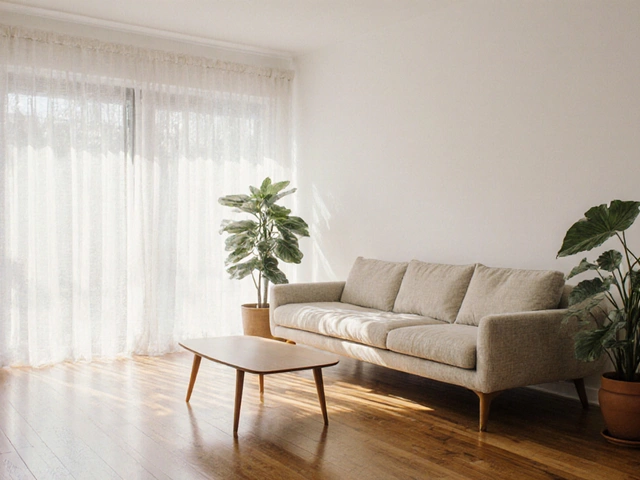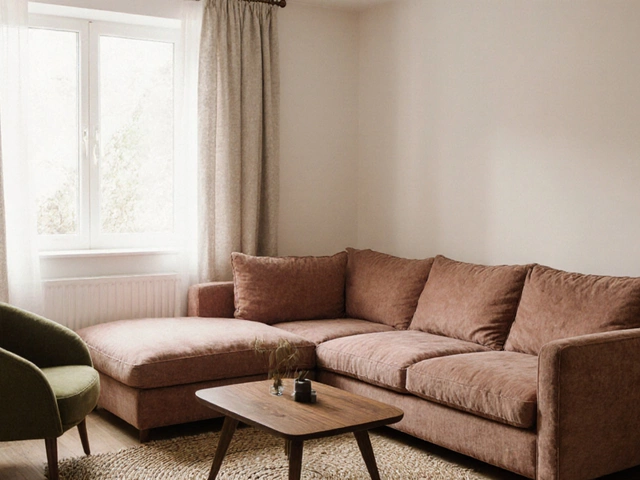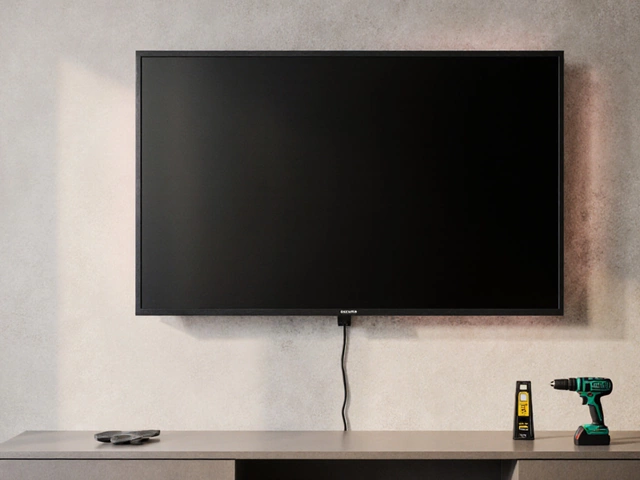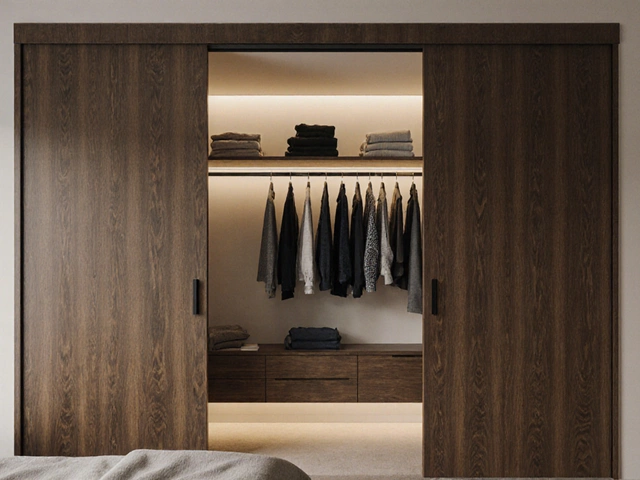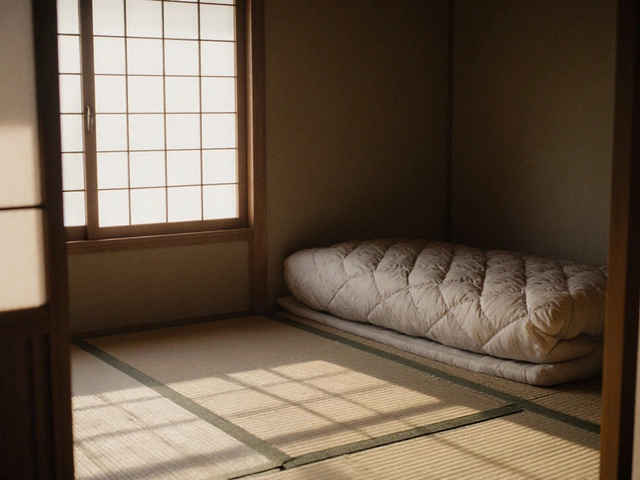Calming Environments for ADHD: Easy Changes That Really Work
If you or someone you love has ADHD, a noisy, cluttered space can feel like a constant distraction. The good news is you don’t need to overhaul everything. Small tweaks to lighting, sound, and layout can make a room feel calmer and help the brain stay focused.
1. Tame the Noise
Background chatter, traffic, or a TV left on can hijack attention. Start by adding a soft rug or heavy curtains; they absorb echo and make a room feel quieter. A white‑noise machine or a phone app that plays gentle rain can mask sudden sounds that trigger distraction. If you can’t control outside noise, ear‑plugs or noise‑cancelling headphones are a cheap, portable fix.
2. Reduce Visual Clutter
Too many pictures, books, or gadgets on a desk can pull the eye in every direction. Keep only the items you need for the task at hand. Use storage bins, shelves, or drawer organizers to hide the rest. Choose neutral wall colours – soft blues, muted greens, or warm greys – because bright patterns can overload the visual system.
Lighting matters too. Harsh fluorescent lights can increase restlessness. Swap them for warm LED bulbs or a desk lamp with a dimmer. Natural light is best, but avoid glare on screens by positioning monitors away from windows.
Next, think about the layout. A clear path from the chair to the door and a designated work zone helps the brain know where to focus. If space allows, set up a “quiet corner” with a small beanbag or a low‑back chair. This spot becomes a go‑to place when you need a break from the main activity.
Don’t forget scent. A faint lavender or citrus aroma can soothe nervous energy without being overpowering. Use a tiny diffuser or a scented candle when you sit down to work or study.
Finally, schedule regular mini‑breaks. A 5‑minute stretch, a quick walk, or a breathing exercise resets the nervous system. Pair the break with a calming cue – maybe a soft chime or a short playlist – so the brain learns to associate the pause with relaxation.
Putting these steps together creates a space that supports focus rather than fights it. You don’t have to buy expensive furniture; a few thoughtful changes are enough to make a room feel more peaceful for anyone with ADHD.
Try one change at a time and notice how it feels. Small wins add up, and before long the whole environment will feel more supportive, helping you stay on task and feel less stressed.
Best Calming Colors for ADHD: How to Create a Peaceful Space
Discover what color is most calming for ADHD, why it works, and how you can use it to create a more peaceful, focused environment at home or work.
